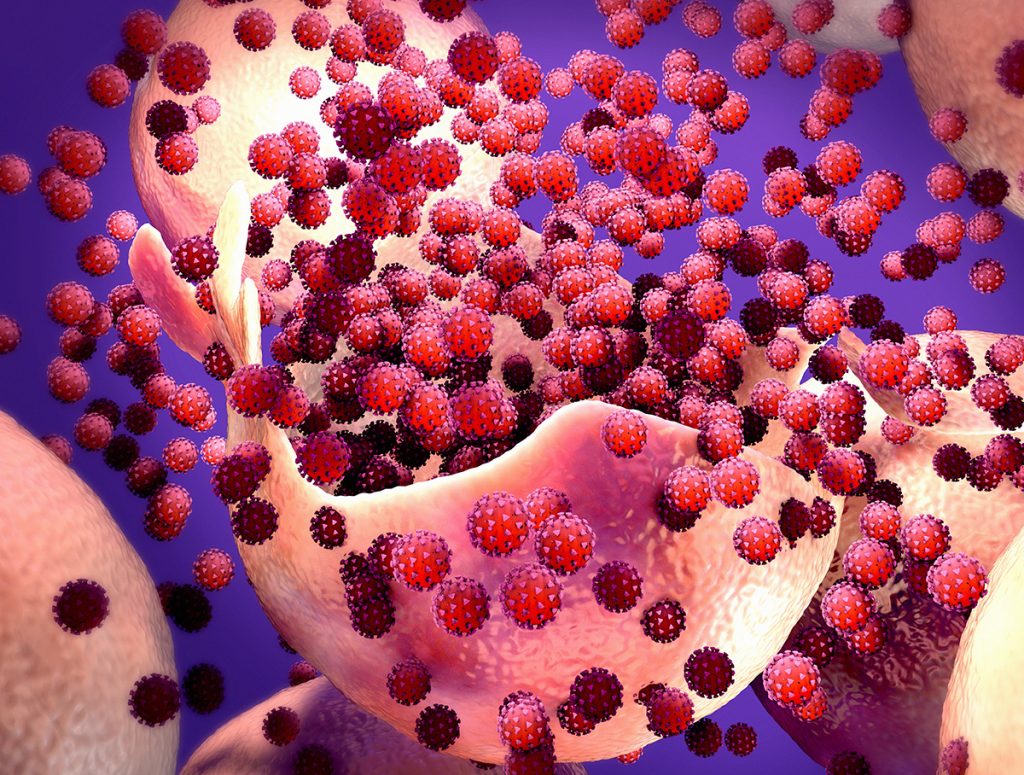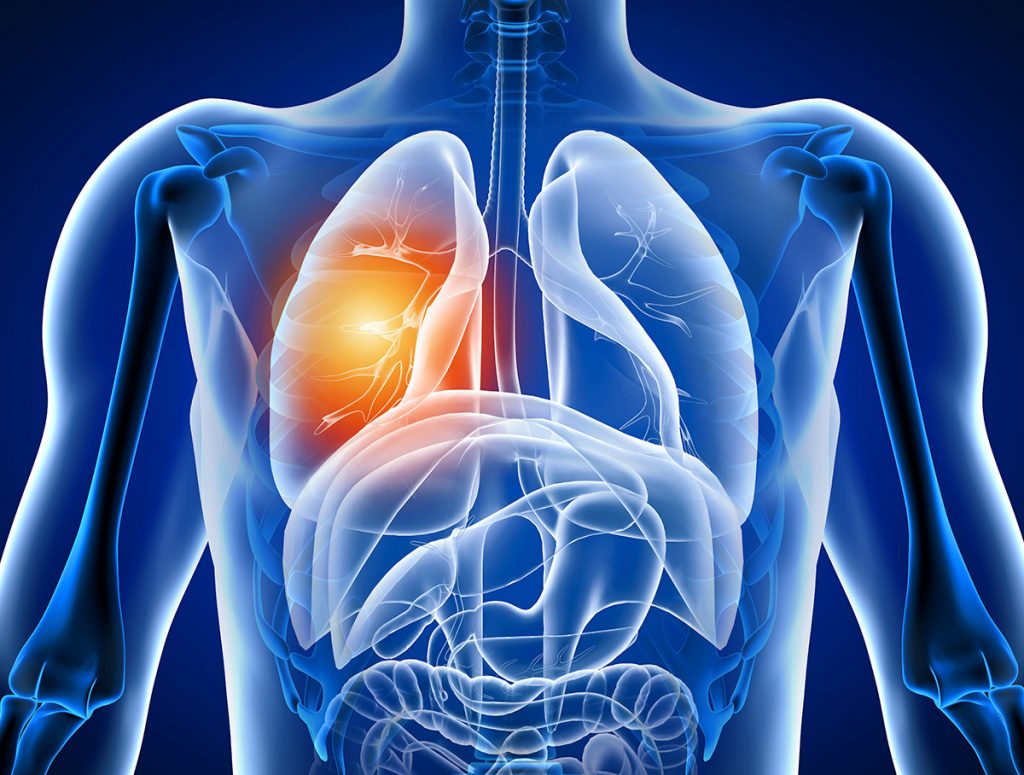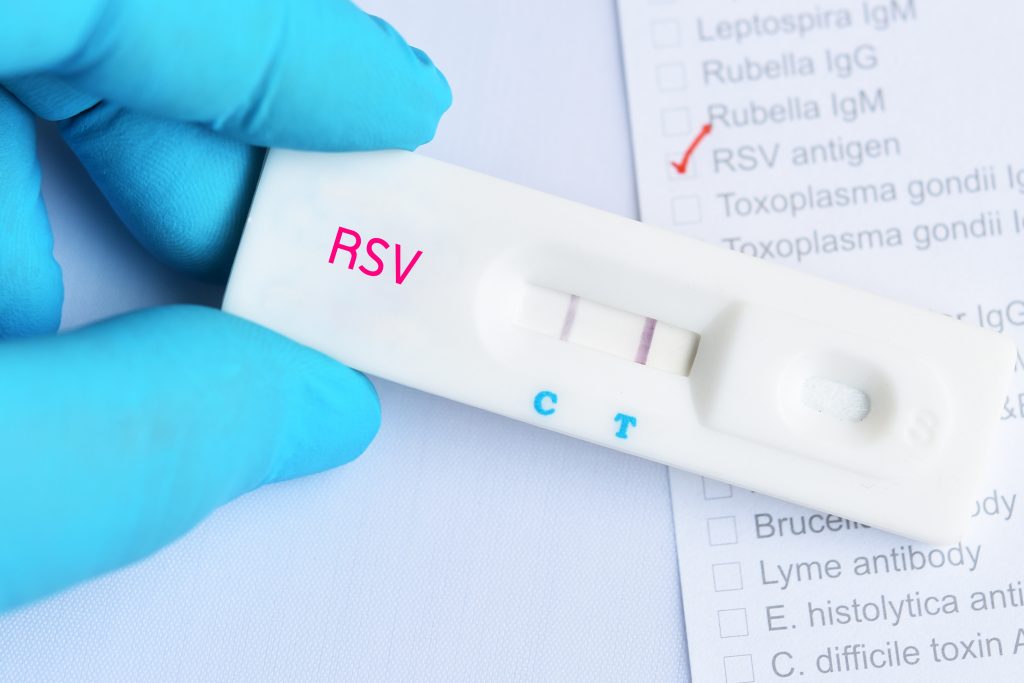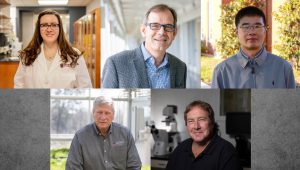Development Pipeline
Championing breakthrough treatments
TrippBio focuses on developing new and innovative therapies with low risk and high efficacy to treat serious viral pathogens like COVID-19, influenza, and RSV. Our pipeline includes PanCytoVir™ and related analogs.
Mechanism of antiviral action
Viral replication inhibitor
As viruses rely on host proteins, targeting these host proteins to inhibit viral replication may prevent drug resistance, leading to a broad-spectrum therapeutic approach, given how viruses exploit common cellular pathways.
Studies exploring RNAi screenings of human type II A549 cells infected with A/WSN/33 and other flu strains revealed key host genes needed for flu replication. One of the host genes identified was the organic anion transporter-3 gene (OAT3)—a member of the solute carrier (SLC) superfamily. Transfection of A549 cells with siRNA targeting the OAT3/SLC22A8 gene silenced flu replication.
As OAT3 is important for flu replication, a drug that inhibits OAT3 should be effective as an antiviral drug for flu. Studies showed that PanCytoVir™—a classical clinical inhibitor of OAT1 and OAT3—reduces OAT3 mRNA and protein levels, and probenecid treatment in vitro and in vivo reduced flu lung titers in a murine model.


Potential anti-inflammatory benefits
PanCytoVir™ can modulate the expression of ACE2, and targets the pannexin-1 gene, PANX1. PANX1 is an ATP release channel that facilitates the communication between T cells to inhibit the severity of airway inflammation. PANX1 limits airway inflammation driven by type-2 CD4+ T-cell inflammatory responses, and PanCytoVir™ is an inhibitor of PANX1 that mediates the activation of caspase-1 and release of IL-1β induced by P2X7 receptor activation.
P2X7R is expressed in macrophages and other immune cells, and is an ion channel gated by high concentrations of extracellular ATP, i.e., concentrations known to be present at sites of inflammation.

COVID-19
We are a strong contender in the fight against the COVID-19 pandemic, researching the efficacy of the existing drug PanCytoVir™ in treating symptoms and infection of the SARS-CoV-2 virus.

Influenza
Influenza type A viruses are categorized based on the combinations of two different proteins: the hemagglutinin (H) and the neuraminidase (N), located on the surface of the virus. The currently circulating type A viruses are H1N1 and H3N2 subtypes.
PanCytoVir™ has demonstrated potent in vitro and in vivo activity against the influenza virus. Given the in vitro potency, in vivo efficacy, favorable pharmacokinetic profile, and safety record, it is being evaluated as a treatment option for patients infected with influenza.

RSV
Currently, for RSV there is no vaccine available, and therapeutic treatments are very limited. Nearly 60%-70% of the children below the age of one have been infected with RSV and 2%–3% of these infections result in hospitalization.
Preclinical studies have shown that PanCytoVir™ has no detectable cytotoxicity for patients, yet inhibits virus replication in a dose-dependent fashion at nanomolar-to-micromolar concentrations.


